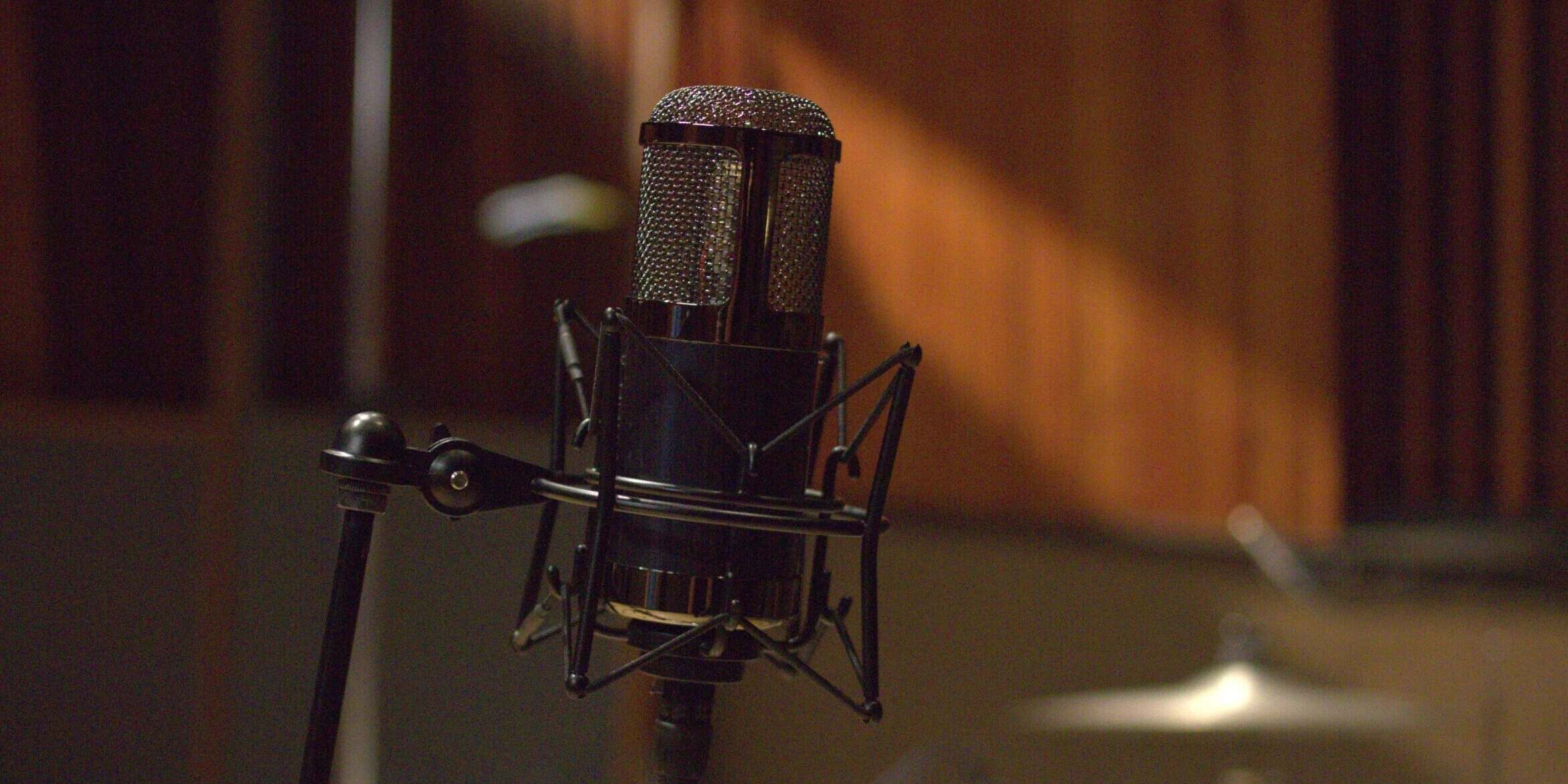When it comes to microphone specifications, it can sometimes seem overwhelming to understand what they mean and how they should affect your microphone choices. Max SPL and THD are two terms that can cause a lot of confusion.
What do Max SPL and THD mean?
Max SPL, or maximum sound pressure level, means the highest sound level a microphone can handle before distorting. THD, or total harmonic distortion, is essentially a measure of how pure a signal is––it is the percentage of a signal that is unwanted distortion rather than present in the original signal. Let’s take a closer look at how an understanding of SPL and THD can enhance your recordings…
When miccing a sound source, getting the levels right is key to making a clean recording. Set the levels too low and you could end up with digital noise (especially if using an entry-level interface). Set the levels too high, and you could end up with clipping. Sometimes, even if your meters are staying out of the red in your DAW, you may still hear unwanted distortion. How is this possible?
Why Max SPL Matters in Recording
Every condenser and ribbon mic will have a max SPL listed by the manufacturer, expressed in decibels. When a sound source is louder than the max SPL, the mic will begin adding too much distortion into your recording. MXL defines the max SPL as the level at which 0.5% of a 1 kHz signal is unwanted distortion.
In practical terms, this means you should make sure your mic’s max SPL is higher than your sound source’s level. MXL’s most popular mic, the 990, has a max SPL of 130 dB. This leaves plenty of room for close-miccing vocals, acoustic guitar, and string instruments. However, it’s easy for drums, guitar amps, and percussion instruments to exceed 130 dB when micced up close.
For those instruments, it’s a good idea to choose a mic with a higher SPL. This is one reason why you will often see dynamic (moving coil) mics used on drum kits––they can handle very high SPLs.
Sometimes, you can get around the limitation of a mic’s SPL if the mic has a pad (attenuation) switch. A pad switch essentially turns down the incoming signal so that it stays within the mic’s limits. Pad switches are more common on premium mics, such as the MXL Revelation Mini Fet or MXL Revelation II.
What Does THD Mean in Audio?
THD, or total harmonic distortion, refers to the percentage of a signal that is distortion. We can understand SPL even better by also discussing THD.
It’s nearly impossible for a mic to record a signal with absolutely no distortion. To be clear, we are not exactly talking about the kind of distortion that many electric guitar players like to use for effect. We are talking about an unwanted alteration to the original signal which is caused by a mic’s internal electronics. Distortion means that a signal going into a device comes out of it changed in some way other than gain. Distortion causes unwanted harmonics to be added into a signal.
Every component in a mic’s electronics has the potential to alter the signal to some extent. It’s just a question of degree and whether or not that distortion is audible. This is why manufacturers define max SPL as the point at which 0.5% distortion is reached, rather than an even lower value.
Distortion in Recording
Sometimes, distortion can be a good thing. For example, tape and vacuum tubes add a certain “color” to the sound. That “color” is technically a form of distortion.
The MXL Revelation II is a modern tube mic. Tubes produce mostly even harmonics, which sound more pleasing to the ear. Tube mics also tend to distort more gradually, whereas some types of solid state mics can clip very harshly.
Summary
So, to wrap up, make sure you choose a mic with a high enough SPL to accommodate your sound source. THD refers to how much of a signal is distortion. Some types of distortion add nice color to the sound, but clipping distortion is generally undesirable. By using a mic with an appropriate SPL, you can avoid unwanted distortion.
Read more: Drum Microphones and Recording Drums: 6 Things You Need to Know
Read more: Mic Stuff: Best Microphones for Instruments

